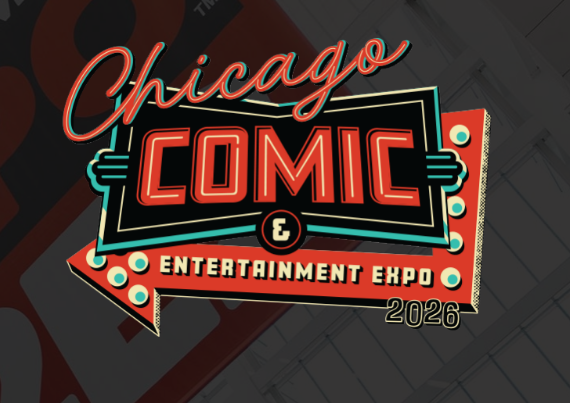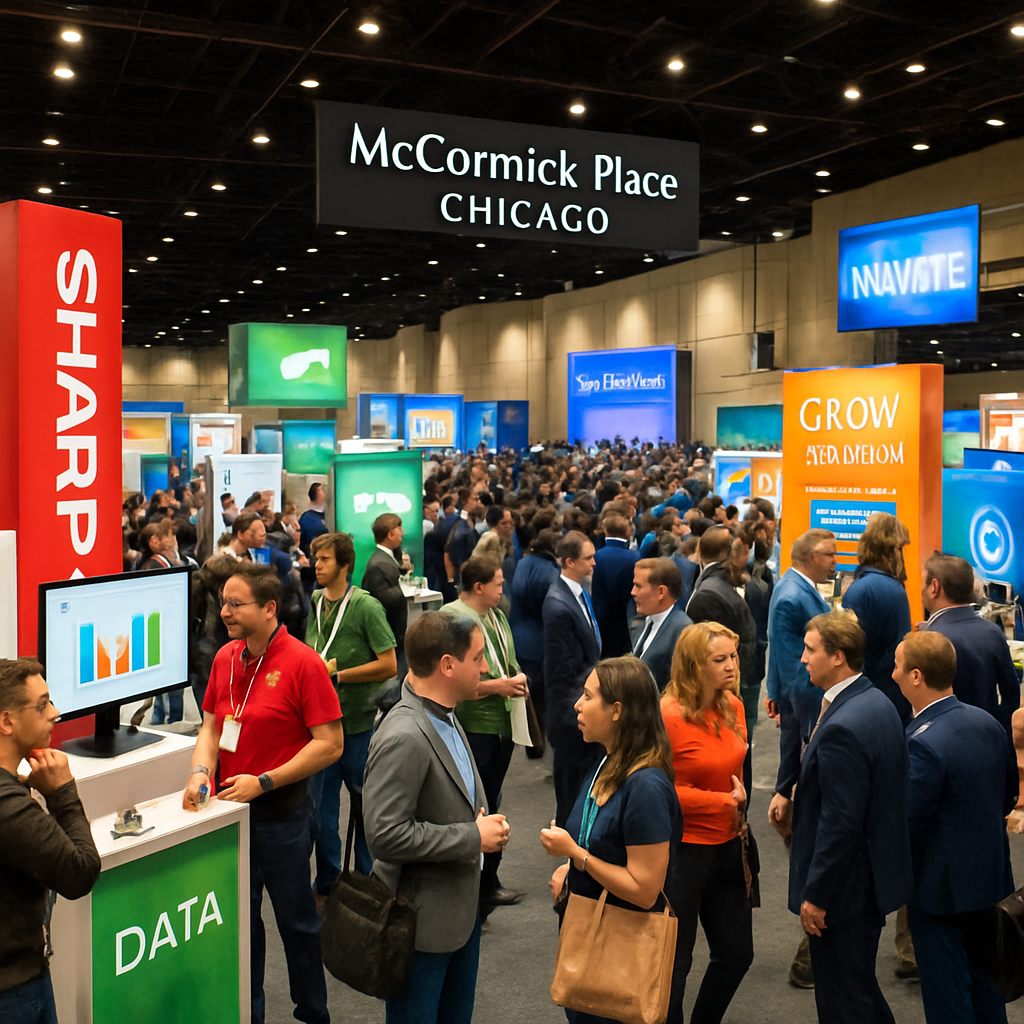On-trend event décor this year is artistic, experiential, and ecologically responsible. Event organizers are transforming spaces with nature-inspired aesthetics, sculptural florals, dramatic entrances, and sustainable materials, creating visually stunning interactive environments. Here’s how leading designers are redefining event spaces with style and impact.
1. Immersive Entryways That Set the Scene
Event designers are investing in immersive arrival experiences that create dramatic first impressions followed by full-scale venue transformations—ceiling installations, custom staging, and floral-draped backdrops. The aim is to craft a cohesive environment that tells a story from the moment guests arrive, said Alicia Jenelle, director of experiential event production for The Jenelle Group, Inc. Ideal for galas, these dynamic designs build excitement, transporting guests into a fully curated experience.
2. Nature-Inspired Living Décor
Nature is a powerful inspiration for modern design. Leafy backdrops and plant walls soften spaces and create a refreshing atmosphere. The outdoorsy vibe “energizes attendees and gives them a breath of fresh air without ever leaving the room," said Debbie Garcia, an independent meeting planner and CEO of event-sourcing platform Virsitour.
Related:5 Design Trends Transforming Trade Show Booths in 2025
Using potted plants instead of cut flowers allows for repurposing or donation after an event, noted Kate Cardoso, founder of Travel with Purpose Pact.
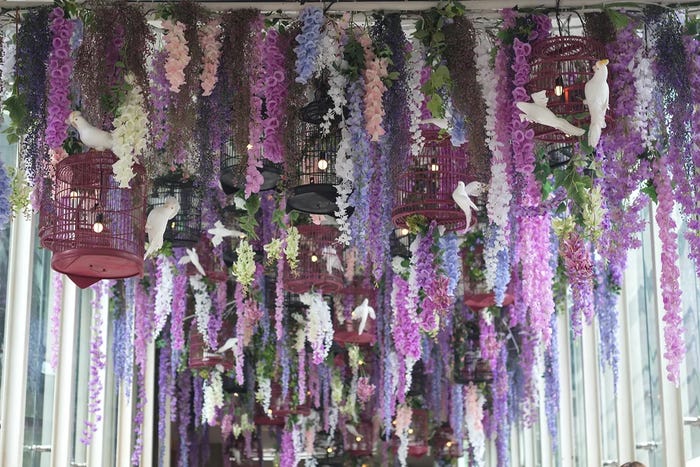
Suspended floral installations create a wow factor at events. Photo: Shutterstock
3. Floral Sculptures That Wow
Florals are evolving into sculptural art and interactive installations, enhancing both aesthetics and engagement. Suspended floral installations, freeform towers, and abstract arrangements double as immersive art, said Jenelle. These bold expressions dominate brand launches and media events where dramatic visual storytelling takes center stage.
4. Romantic, Organic Florals
Loose, garden-inspired florals add warmth and authenticity, making them perfect for wellness activities and warm-weather gatherings. Locally sourced flowers reinforce a sense of place while supporting sustainable practices, Jenelle advised.
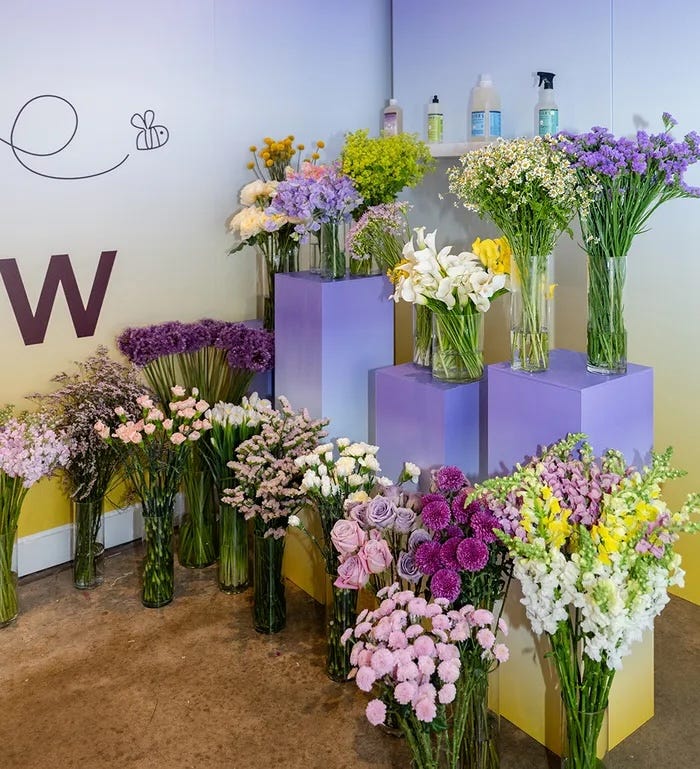
Flowers were the decor and activity for a event planned by The Jenelle Group, where attendees made their own bouquets. Photo: Emma Arsenault
5. Sustainable Signage Innovations
Eco-conscious design is a hallmark of modern events. "Event planners are moving away from single-use materials and opting for sustainable alternatives that reduce waste and enhance guest experiences," said Cardoso. Branded banners and signage without dates or specific event names ensure brand consistency while reducing costs and waste.
6. Lighting as Art
Artful lighting can transform event spaces and amplify the tone and mood of the room. LED lighting, projection mapping, and color-changing installations allow planners to craft immersive environments. Use soft ambient glows for an intimate dinner or vivid LED displays for a high-energy reveal.
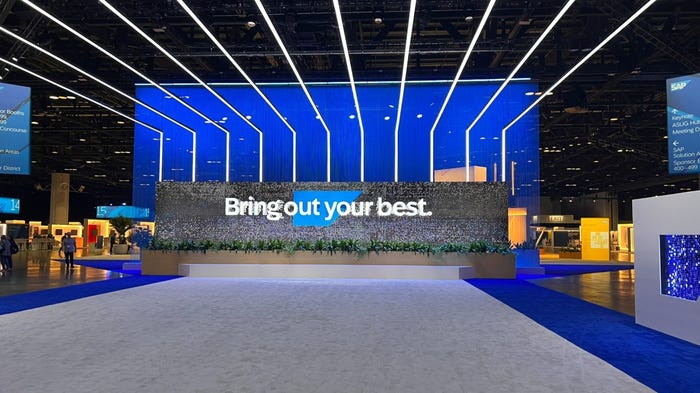
Lighting at the recent SAP Sapphire event. Photo: SAP
7. Eco-Conscious Textiles
Linens made from organic cotton and recycled fabrics offer elegance with minimal environmental impact. These sustainable fabrics not only reduce waste but also support ethical production practices, with many event designers sourcing from fair-trade suppliers. Organic cotton, hemp blends, and recycled polyester are increasingly popular for table settings, drapery, and lounge upholstery, offering both durability and a refined aesthetic. Additionally, biodegradable and compostable textiles are emerging, allowing for stylish designs that leave no long-term footprint.
8. Monochromatic & Tonal Palettes
Designers are leaning into refined, layered color palettes, opting for soft gradients of a single shade such as blush, mauve, or sage to create a cohesive and modern aesthetic. This trend enhances overall cohesion, says Jenelle, while maintaining sophistication. Pantone’s Color of the Year, Mocha Mousse, embraces the neutral trend with rich chocolate and coffee tones, bringing warmth and sophistication to event design. Look for versatile and soothing tones in everything from floral arrangements and furniture to elegant table settings.
9. Interactive & Immersive Design
Event décor is moving beyond aesthetics to create engaging, participatory experiences. "Interactive décor invites participants to become part of the event’s story,” said Garcia. “Whether they’re sketching on digital walls or engaging with AR layers, it turns attendees into co-creators.” As technology and design merge, events will push the boundaries of experiential engagement, giving guests opportunities to influence their surroundings in real time.
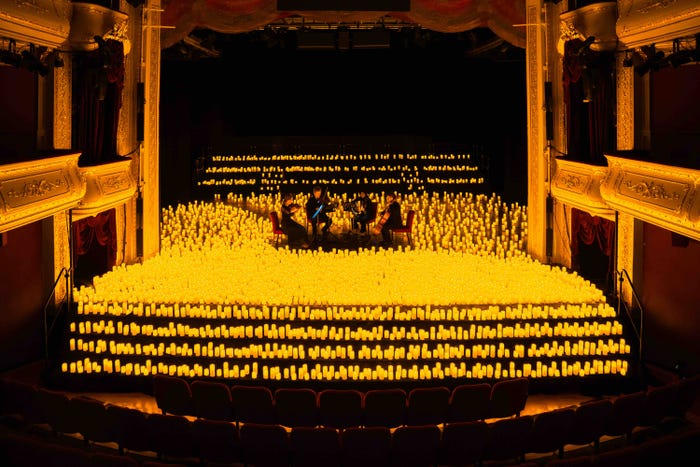
Multisensory event experiences like concerts by candlelight are trending. Photo: Fever
10. Multisensory Event Experiences
"Elevate event décor by engaging all five senses," advises Janice Cardinale, founder of Event Minds Matter and Cardinale Creative. Consider dynamic lighting and projection mapping for visual impact, AI-curated soundscapes for ambient engagement, textured installations for tactile interaction, strategic fragrance zones for scent-driven atmosphere (while ensuring those with sensitivities can opt out), and carefully curated menus that enhance taste as part of the guest experience.
Guest blogger: Loren Edlestein - Loren Edelstein, President and CEO of Media Craft Consulting, is a meetings and hospitality expert, writer, content strategist and speaker. https://www.tsnn.com/event-design/event-design-10-d-cor-trends-for-2025




